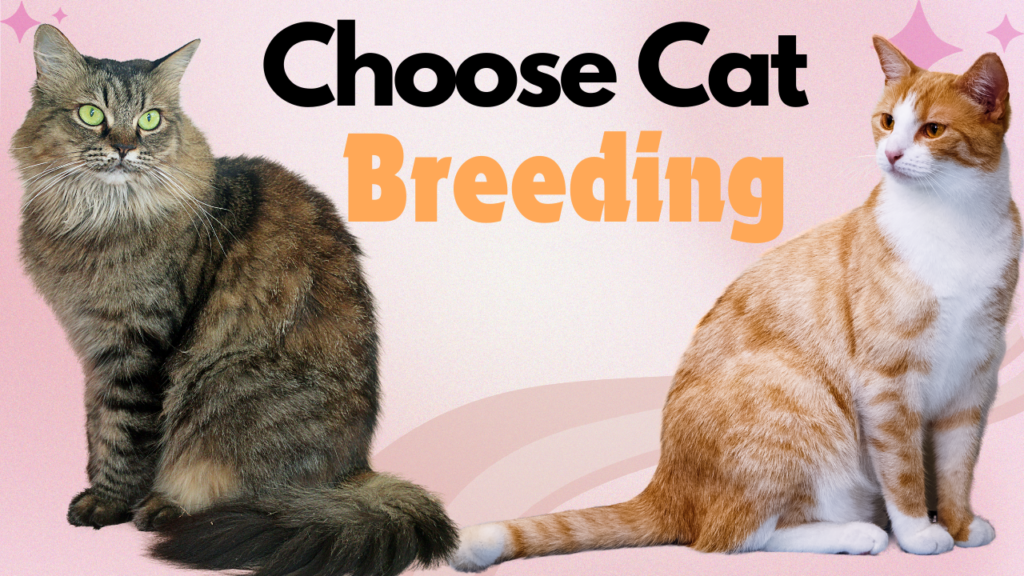Cats are natural carnivores, relying on a diet that consists predominantly of meat. Tuna is a popular treat for many cats, but it is essential to understand how much tuna is safe for them to consume. Overfeeding tuna can lead to health complications. In this guide, we’ll delve into the details of feeding tuna to cats, its benefits, risks, and how to incorporate it into their diet safely.
Benefits of Tuna for Cats
Tuna is rich in protein, omega-3 fatty acids, and essential nutrients that can contribute positively to your cat’s health. Here are some benefits of feeding tuna in moderation:
- High-Quality Protein: Tuna provides essential amino acids that help maintain your cat’s muscles, skin, and coat.
- Omega-3 Fatty Acids: These help promote a shiny coat, reduce inflammation, and support brain health.
- Palatability: Most cats love the taste of tuna, making it an effective option for encouraging picky eaters.
However, while these benefits are undeniable, there are significant considerations to keep in mind.
Risks of Feeding Too Much Tuna to Cats
Although tuna is a healthy treat, excessive feeding may result in various health problems.
Mercury Poisoning
Tuna, especially varieties like albacore, can contain high levels of mercury. Over time, excessive consumption can lead to mercury poisoning, which may cause:
- Neurological issues
- Loss of coordination
- Weakness or lethargy
Nutritional Imbalance
Tuna is not a complete food source for cats. It lacks several essential nutrients, including taurine, which is vital for heart health, vision, and overall well-being.
Addiction to Tuna
Cats can become addicted to the strong flavor of tuna, making them refuse other, more balanced foods. This could lead to a restricted and nutritionally inadequate diet.
Allergic Reactions
Some cats may develop allergies or sensitivities to tuna, leading to gastrointestinal upset or skin issues.
How Much Tuna Can I Give My Cat?
To keep your cat safe and healthy, tuna should be offered as an occasional treat rather than a regular meal. Here are some guidelines:
- Portion Size: Limit tuna treats to about a teaspoon of tuna per week for smaller cats. Larger cats may tolerate up to one tablespoon weekly.
- Frequency: Limit tuna servings to no more than one or two times per week.
- Type of Tuna: Choose fresh or canned tuna packed in water, not oil or brine, as these can upset your cat’s stomach.
Fresh Tuna vs. Canned Tuna
- Fresh Tuna: Contains fewer additives but should still be cooked and served plain to avoid harmful bacteria or parasites.
- Canned Tuna: Always opt for tuna in water without added salt or seasonings.
How to Safely Feed Tuna to Your Cat

Introduce Gradually
If your cat has never eaten tuna before, start with a small amount and observe their reaction. Any signs of digestive upset, such as vomiting or diarrhea, indicate that tuna might not be suitable.
Mix with Regular Food
To minimize the risks of addiction or nutritional imbalance, mix a small amount of tuna with your cat’s regular, nutritionally balanced food.
Avoid Seasonings
Never feed tuna that contains salt, spices, garlic, or onion, as these can be toxic to cats.
Monitor Your Cat’s Health
Observe your cat’s actions and overall physical health closely. If you notice any changes, such as lethargy or decreased appetite, consult your veterinarian.
Alternatives to Tuna for Cats
If your cat loves tuna, you can consider other fish-based options or treats that offer similar benefits with fewer risks. These include:
- Salmon: Salmon is packed with omega-3 fatty acids but should be offered sparingly.
- Whitefish: A safer option with lower mercury content.
- Commercial Fish-Based Cat Treats: Specifically formulated to meet your cat’s dietary needs.
When to Consult a Veterinarian
If you are unsure about including tuna in your cat’s diet, it’s always best to consult a veterinarian. They can offer personalized advice based on your cat’s health, age, and dietary requirements.
Signs of Overfeeding Tuna
Be vigilant for the following symptoms, which may indicate your cat is consuming too much tuna:
- Vomiting or diarrhea
- Loss of appetite for regular food
- Changes in behavior or activity levels
- Skin irritations or fur loss
Conclusion
Tuna can be a delicious and nutritious treat for cats when offered in moderation. However, due to risks like mercury poisoning and nutritional imbalance, it should never replace a balanced diet formulated specifically for feline needs. Always prioritize your cat’s overall health and consult a veterinarian if you have concerns about their diet.
# : if you want to more information of this topic to click here see more
# : READ ANOTHER POSTS
1 : Can Cats Eat Mushrooms? Everything You Need to Know
2 : Can Chicken Nuggets Kill Cats? An In-Depth Analysis
3 : Can Cats Eat Turkey? A Comprehensive Guide for Pet Owners


